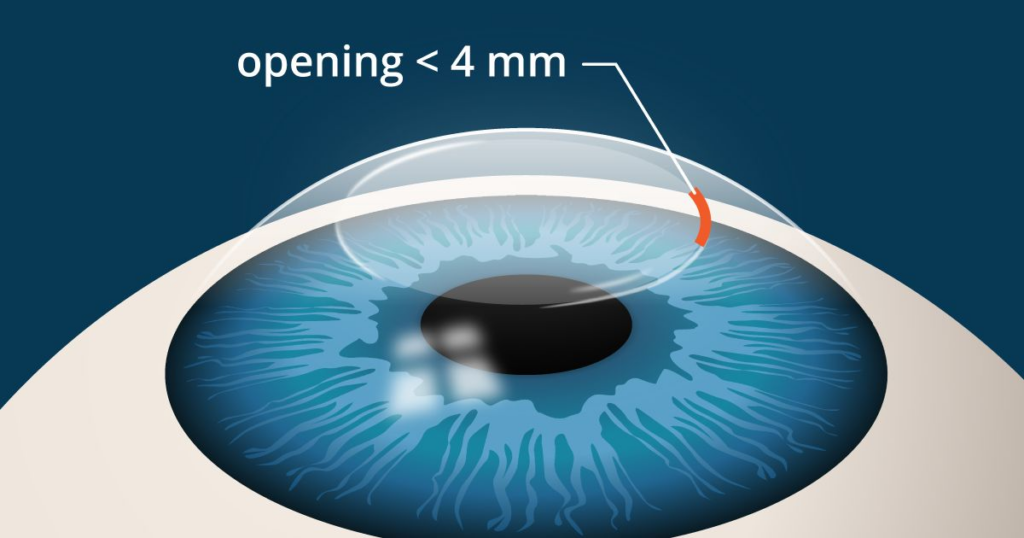Imagine waking up and seeing the world clearly without searching for your glasses or fumbling with contact lenses. That’s the dream laser eye surgery helps many people achieve. Whether it’s for convenience, lifestyle improvement, or the frustration of poor vision, more people are turning to this modern solution for vision correction. But before you make the leap, it’s important to understand what the journey looks like—from the first consultation to the final result.
Let’s walk through exactly what to expect before, during, and after laser eye surgery.
What Is Laser Eye Surgery and Why Do People Choose It?
Laser eye surgery is a medical procedure that uses a laser to reshape the cornea, the clear front surface of the eye, to improve vision. The goal is to correct refractive errors like nearsightedness (myopia), farsightedness (hyperopia), and astigmatism. The most well-known type is LASIK (Laser-Assisted In Situ Keratomileusis), but there are other forms like PRK and SMILE.
Why do people opt for laser eye surgery?
- Freedom from glasses and contacts
- Improved quality of life
- Long-term cost savings on eyewear
Think of it like upgrading your eyes’ “lenses” to high-definition—permanently.
Before Surgery: Preparing for Your Vision Transformation
1. The Consultation
Your journey begins with a comprehensive consultation with an ophthalmologist or refractive surgeon. This appointment includes detailed eye measurements, vision tests, and a review of your overall health.
You’ll be asked questions about your vision history, current prescriptions, and any medications you’re taking. It’s also your chance to ask everything you’ve wondered about the procedure—don’t be shy!
See more: A detailed overview on CPAP masks
2. Eye Exams and Testing
Using high-tech tools like corneal topography and pachymetry, your eye doctor will assess:
- Cornea thickness and shape
- Tear production
- Pupil size
- Overall eye health
These tests determine if your eyes are suitable for surgery. For example, if your corneas are too thin, you may be a better fit for PRK than LASIK.

3. Are You a Good Candidate?
You’re generally a good candidate if:
- You’re 18 or older (with a stable prescription)
- Your eyes are healthy
- You don’t have chronic dry eyes or autoimmune conditions
- You’re not pregnant or nursing
Think of this step like getting your car inspected before a long road trip—you want everything in top shape before moving forward.
4. Pre-Surgery Dos and Don’ts
- Stop wearing contact lenses for a few days or weeks (they can affect cornea shape)
- Avoid makeup, lotions, or perfumes the day before surgery
- Arrange for someone to drive you home afterward
During Surgery: What Happens in the Operating Room?
1. The Procedure Itself
LASIK typically takes 15–30 minutes total—with the actual laser time as short as 1–2 minutes per eye.
Here’s how it goes:
- You’re given numbing eye drops—no needles or general anesthesia.
- A lid holder keeps your eye open (no blinking worries).
- A flap is created in the cornea using a laser or microkeratome.
- The laser reshapes the cornea according to your vision needs.
- The flap is placed back in position—no stitches required.
It’s often described as weird but not painful. You might feel pressure or see flashing lights, but that’s completely normal.
2. Is It Scary or Painful?
Not at all. Most patients are surprised by how quick and painless it is. One person compared it to “getting your teeth cleaned—uncomfortable but manageable.”
After Surgery: Healing and Adjusting to New Vision
1. Immediate Recovery
You’ll rest in the clinic for 30–60 minutes. Your eyes may feel:
- Itchy
- Watery
- Light-sensitive
- Slightly blurry
You’ll wear dark sunglasses home and should nap for a few hours—many people wake up seeing clearly already!
2. Post-Op Care and Restrictions
- Use prescribed eye drops to prevent infection and dryness
- Avoid rubbing your eyes
- Skip swimming, hot tubs, and heavy exercise for a few weeks
- Don’t wear eye makeup for a few days
Think of your eyes like a freshly painted surface—it needs time to set before facing the world again.
3. When Will Vision Improve?
Most people see better within 24 to 48 hours, though full clarity can take several days to weeks. Your vision might fluctuate slightly during the healing process.
4. Follow-Up Appointments
Your doctor will check your eyes:
- Within 24–48 hours
- After one week
- After one month (and as needed)
These appointments are important to monitor healing and catch any complications early.
Risks and Expectations: The Honest Truth
Like any surgery, laser eye procedures carry risks. However, complications are rare when performed by experienced professionals.
Common Side Effects (Usually Temporary):
- Dry eyes
- Light sensitivity or halos at night
- Mild discomfort
Less Common Risks:
- Under- or over-correction (may require enhancements)
- Infection or flap issues (very rare)
- Vision regression (especially with age)
What Results Can You Expect?
Most patients achieve 20/20 to 20/40 vision or better—enough to function without glasses for everyday activities. However, some may still need reading glasses later in life due to natural aging (presbyopia).
Laser eye surgery is like reshaping the windshield of your car—it greatly improves clarity, but it won’t stop the car from aging over time.
Conclusion: A Clearer Future Starts with a Conversation
Laser eye surgery isn’t just about convenience—it’s a decision that can truly transform your day-to-day life. From ditching the glasses to waking up with clearer vision, the benefits are real.
If you’re in your 30s and considering the leap, now is a great time. Your vision is likely stable, you’re young enough to enjoy the results for decades, and you can plan financially and medically for the procedure.
Final advice?
Do your research. Ask questions. Find a qualified eye surgeon. And if you’re eligible—go for it. The future is clearer than you think.

